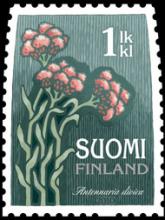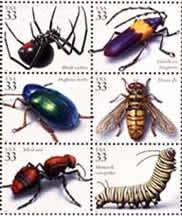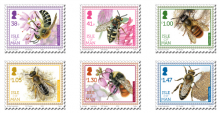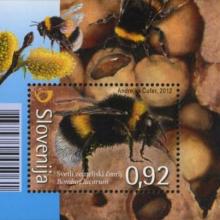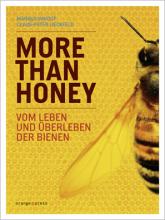
GE food should have been regulated in the same way as drugs. As it is, GE crop consumption is a vast, uncontrolled experiment, with no oversight, no monitoring for adverse reactions, and no real way to assess liability. Gene flow and genetic pollution can be tracked only after it occurs. If we remember the problems with Starlink corn, the whole industry is one catastrophe away from total meltdown. If we overlook safety and environmental issues, GE crops have not been used wisely. Monolithic plantings of one cultivar increase the potential for total crop failure. Relying almost entirely on glyphosate and BT for pest management has increased pest resistance, and current GE crops may become ineffective. Seed monopolies are also causing farmers to lose their independence. We should learn from the pesticide treadmills of the past. GE crops that tolerate several herbicides are not the answer to resistant weeds. The result will be massive applications of herbicides that are more toxic than glyphosate. Weeds will become resistant to multiple herbicides. The answer is a return to IPM principles that allow both sustainable crop production and environmental protection. For now, the only sure way to avoid eating GE food is to buy organic products. Maybe if more people vote in the marketplace, producers will make some changes.


